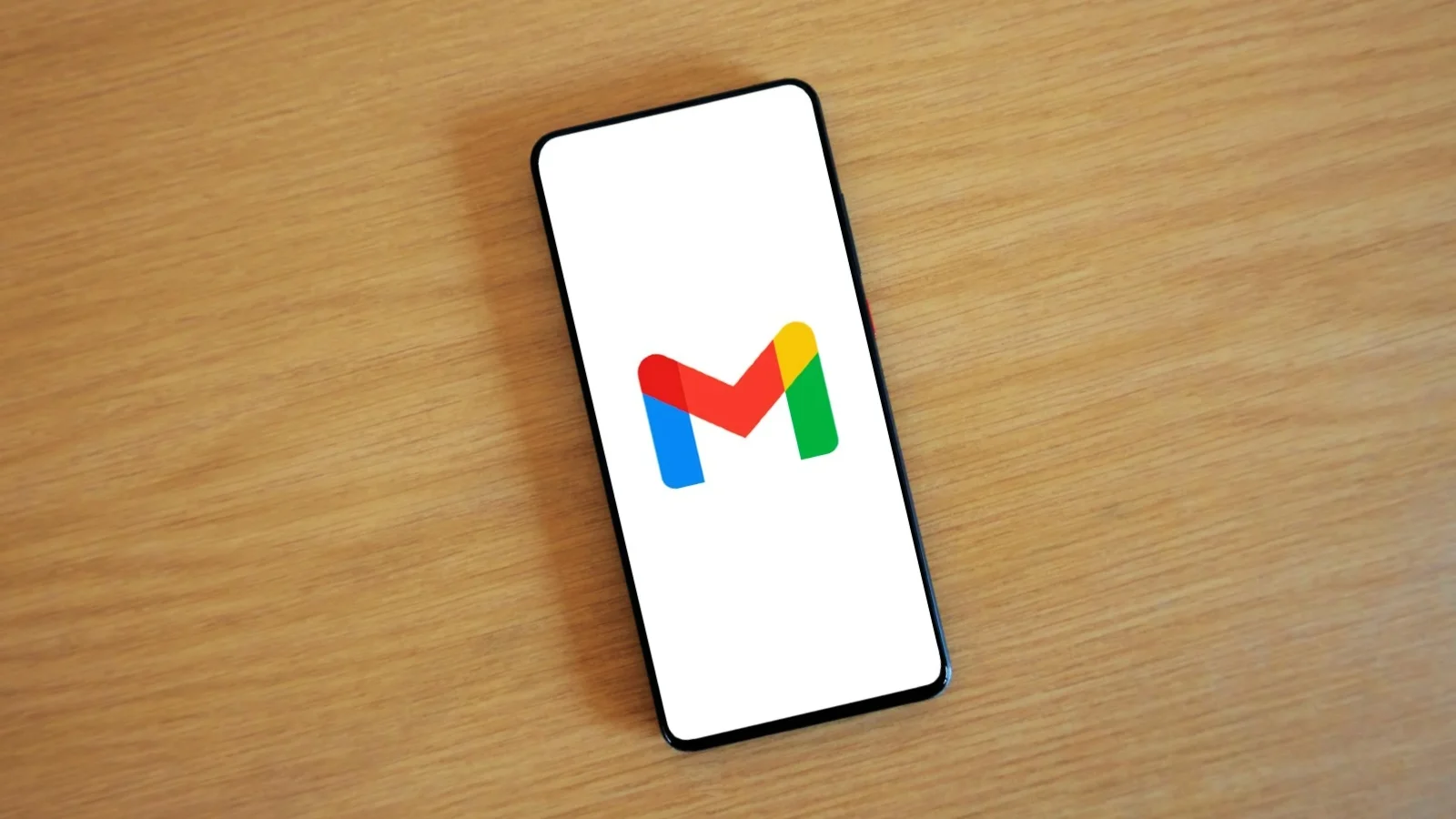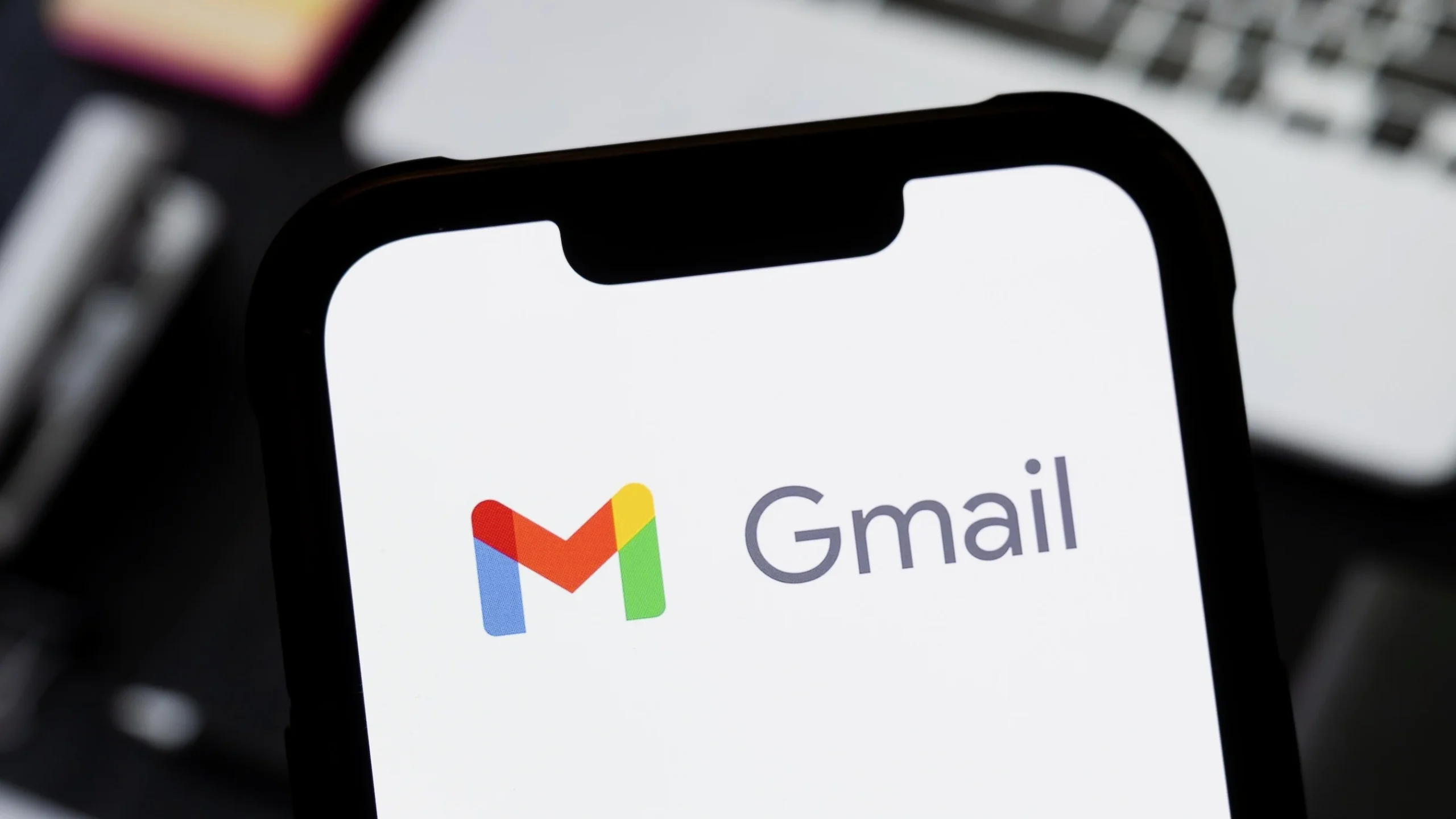Google recently announced the introduction of end-to-end encryption (E2EE) for Gmail users in business settings. This new feature promises to secure emails within the sender’s browser and keep them encrypted until they reach the recipient. However, this approach has raised concerns among privacy experts who argue that it doesn’t fully meet the strict definitions of true E2EE. While the service encrypts emails during transmission, it is not entirely devoid of potential access points, which leaves some questioning its security standards.
Google’s New E2EE Simplifies Encryption for Businesses, Replacing Complex S/MIME Infrastructure
In this new system, an email is encrypted by the sender’s browser and stays encrypted as it travels through the network. It can only be decrypted once it reaches the recipient’s browser, ensuring that the content is inaccessible during transit. The process relies on a key management system where an ephemeral symmetric key is generated and stored on a key access control list (KACL).
This allows the recipient’s browser to retrieve the key and decrypt the message upon arrival, after verifying their identity with an identity provider (IDP).

The primary advantage of Google’s new E2EE is that it simplifies the encryption process, particularly for government agencies and businesses that need to adhere to strict regulatory standards. Traditional methods, like S/MIME, require complex infrastructure and are often cumbersome to deploy. With the new system, organizations no longer need to manage certificates for each sender and recipient. A simple toggle in Gmail allows users to send encrypted emails without the extensive setup required by S/MIME.
KACL Key Management and Authentication Provide Encryption, But Google’s System Lacks True Privacy
For the encryption to function, Bob’s organization must set up a lightweight KACL, which generates and stores the necessary encryption keys. When an email is sent, the sender’s browser connects to the KACL, retrieves the encryption key, and encrypts the message.
Upon receiving the email, the recipient’s browser uses the reference key to fetch the symmetric key from the KACL and decrypt the content. To ensure security, the recipient must authenticate through their organization’s IDP, providing an extra layer of protection against potential threats.
While Google’s solution offers a significant improvement over older methods, it does not meet the strictest definitions of end-to-end encryption. In particular, the organization deploying the KACL holds the encryption keys, meaning admins within the organization can access the content of the messages. True E2EE, by definition, ensures that only the sender and recipient control the keys.
Therefore, while Google’s system is a step forward, it may not satisfy those seeking total privacy, particularly for consumers or privacy advocates who want complete control over their encrypted communications.



